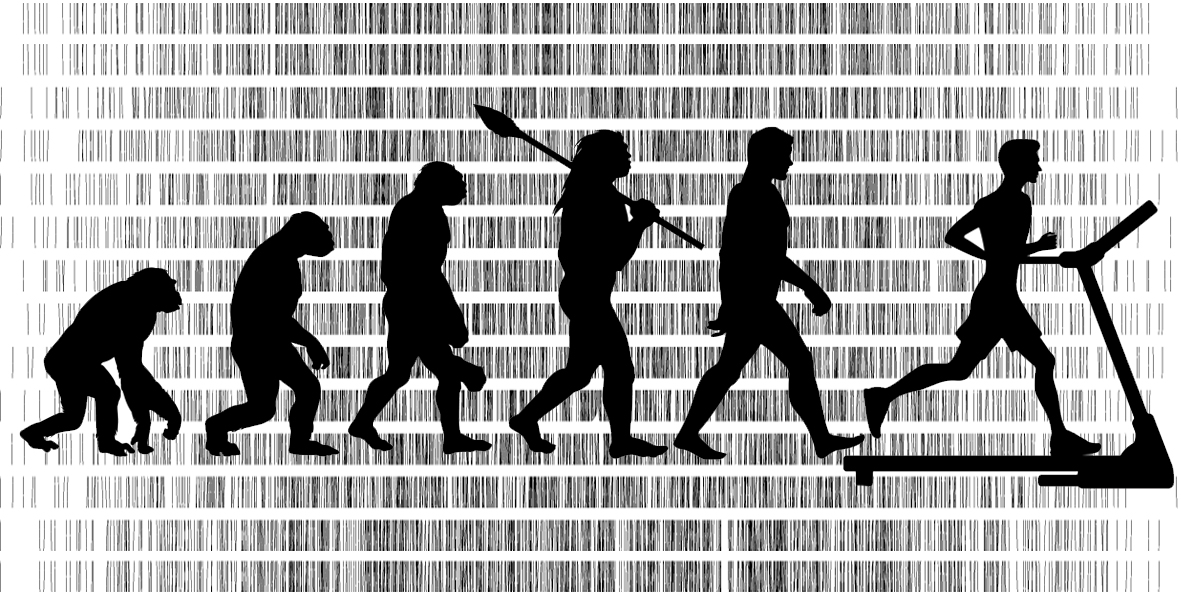Exploring the evolutionary treadmill of genome defence

Dr Peter Sarkies looks at how evolution can quickly come up with new mechanisms to fight infection by adapting existing processes rather than inventing new ones.
It’s January and perhaps you’ve been hitting the treadmill in the gym in an enthusiastic bid to make good that New Year’s resolution to do more exercise. To a primitive human, it’s hard to imagine a more ridiculous contraption – expending huge amounts of energy simply to stay in exactly the same place; but remarkably, this feature of a treadmill is very similar to some aspects of evolution.
The examples of evolution that are most familiar to people involve organisms adapting to their environment, with the long neck of the giraffe perfectly suited to reaching the best leaves as a famous example. Probably the most active type of evolution by natural selection occurs in response to conflicts between organisms. A good example of this is the response of species, like humans, to infection by pathogens like bacteria and viruses. Humans are engaged in a constant race to evolve new mechanisms to fight infection, because the pathogens themselves are able to rapidly adapt to become resistant to each new strategy that the host comes up with.
